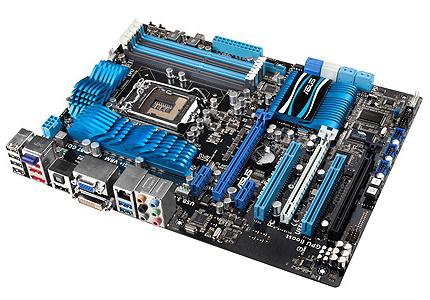REQUIRED INFORMATION ABOUT The ASUS P8P67 Pro



It is a new motherboard by ASUS which supports i7, i5 and i3 CPU. It supports DDR3 RAM and maximum RAM that can be attached is 32 GB. It has 8 channel audio. I have not used it but I can say that it is a great motherboard by ASUS. It also has won many quality awards.
For expansion PCI slots are available on the board. It has 6 USB 3.0 ports. The only drawback I have seen till now is that it doesn’t have an on board video card. So you have to add a graphic card by yourself. But this is not a big issue. Overall I can say it is a great board.




Since the motherboard specifications are already explained above, below are the explanations of some of its basic parts. This not only goes to ASUS motherboards but to all kinds of motherboards in general since they are all the same. They only differ in the types of chipsets attached to them because board developers design their own chipsets.
The image below is the CPU Socket. This is the part of the motherboard where the processor is connected. I haven’t tried yet opening newer CPU models built in older CPUs, you will see the socket number of the processor that should be inserted. Like for example, for a Pentium 4 processor, you will usually see “Socket 478” printed around the area of the CPU socket. This means that only Socket 478 type processors can be inserted on the CPU socket.

The image below is the Memory Slot. This is where the memory card or the RAM card on the motherboard is attached. The memory slot differs depending on the type of RAM it was designed to. A DDR1 slot is different from DDR2, DDR3, and so on. The notch in the middle of the RAM slot determines the type of RAM that’s why RAM cards can’t be interchanged.

The one shown below is the Input/Output Connections found at the back of the CPU. This is where you used to connect the mouse [Bluetooth-type, optical-type, and USB-type], printer, joystick for gaming, keyboard, microphone, audio out for external speakers, LAN port for network cable or where the external modem can be connected, USB port for USB devices, and others.

